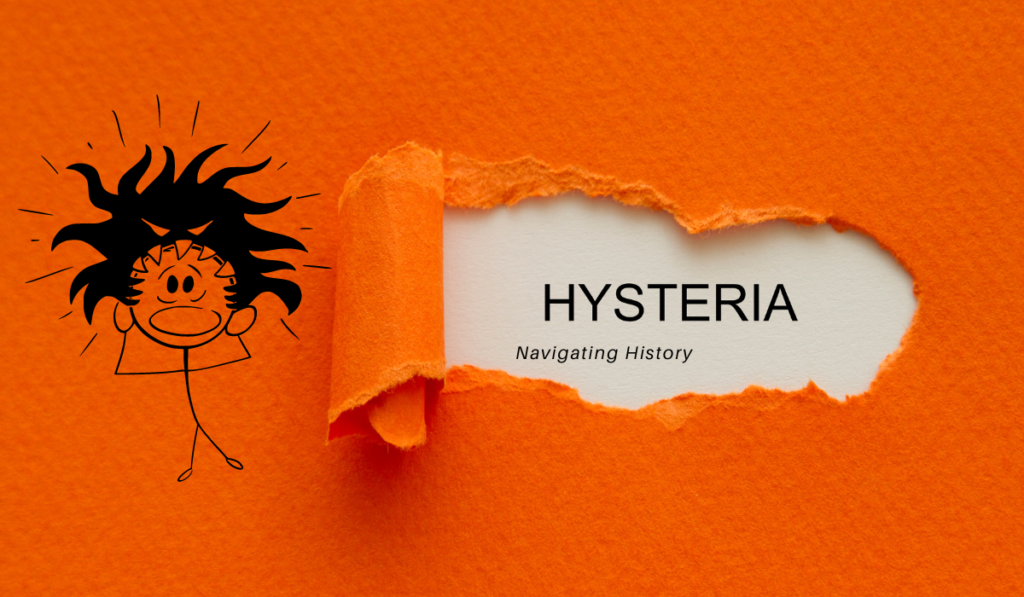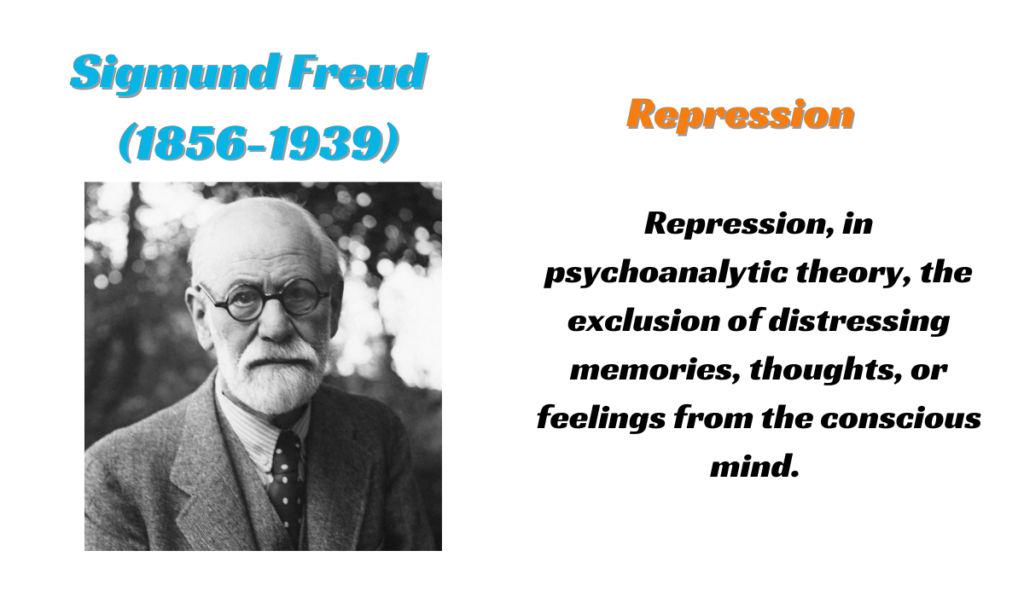The term “hysteria” has a long and complex history, deeply entwined with the fields of psychology, feminism, and culture. It’s a story that spans centuries, from ancient times to the modern day, reflecting society’s evolving understanding of mental health and gender.

What is Hysteria?
To grasp its impact, understand the varied symptoms associated. Any behavior deemed unacceptable was considered hysteria. Common symptoms included:
- Swollen abdomen
- Chest pain
- Excessive emotion
- Increased or decreased sex drive
- Heightened appetite
- Increased heart rate
Historically, treatments ranged from pelvic massage to leeches on the abdomen and even marriage, according to Freud’s beliefs.
Freud attributed hysteria to a woman’s metaphorical loss of a penis, curable by marriage. Additionally, the idea of spontaneous uterus movement led to bizarre treatments, like exposing women to different smells or hanging them upside down to correct the uterus’s position. Unfortunately, these beliefs wrongly focused on the uterus as a decisive factor in a woman’s physical and psychological health throughout history.
History of Hysteria
Ancient Roots: The Wandering Womb
The word “hysteria” originates from the Greek word “hystera,” meaning uterus. The condition was initially considered to be confined to women and was attributed to disturbances in the uterus. Ancient Egyptians and Greeks, including Hippocrates, believed that the uterus was a free-floating organ that could travel within the body, causing various physical and mental symptoms.
Medieval Misunderstandings: Witchcraft and Possession
During the Middle Ages, hysteria’s symptoms often led to accusations of witchcraft or possession. The notion of the wandering womb fell out of favor, and instead, these behaviors were attributed to supernatural causes. Women exhibiting signs of hysteria were often subjected to exorcisms or, worse, persecution during witch trials.
Renaissance and Enlightenment: A Medical Condition
With the Renaissance and Enlightenment came a more scientific approach to medicine. Hysteria was increasingly seen as a medical condition, though treatments remained rudimentary and often brutal, including the use of restraints and the infamous “hysteria machines” designed to induce “hysterical paroxysm” — a term from the Victorian era that referred to what is now understood as an orgasm.
19th Century: Freud and the Psychological Perspective
The 19th century marked a significant shift when physicians like Jean-Martin Charcot began to study hysteria more methodically. This period also saw the rise of Sigmund Freud, who, along with his mentor Josef Breuer, developed the theory of psychoanalysis partially based on the study of hysteria. Freud believed that hysteria was the result of psychological trauma and repressed memories, often of a sexual nature.
20th Century: Hysteria and Feminism
In the 20th century, the feminist movement began to challenge the patriarchal notions inherent in the diagnosis of hysteria. Feminist scholars argued that the condition was a social construct used to control and medicalize women’s behavior. The term “hysterical” became recognized as a derogatory label that perpetuated gender stereotypes.
Modern Times: From Hysteria to Modern Diagnoses
Today, hysteria is no longer recognized as a medical diagnosis. Its symptoms have been reclassified into more specific psychological disorders such as conversion disorder and dissociative disorders. The term has largely left the lexicon of psychiatry and is now more often used colloquially to describe uncontrollable emotion or excitement.
The history of hysteria is a reflection of society’s changing views on gender, medicine, and mental health. It’s a reminder of the importance of understanding mental health conditions within their cultural and historical contexts and of the progress still to be made in the fields of psychology and psychiatry.
As our understanding of mental health continues to evolve, so too does our recognition of the importance of a nuanced approach to diagnosing and treating psychological disorders. The story of hysteria teaches us about the dangers of gender bias and the need for a compassionate, evidence-based approach to mental health issues.
Bibliography
Tasca, Cecilia, et al. “Women and Hysteria in the History of Mental Health.” Clinical Practice & Epidemiology in Mental Health, vol. 8, no. 1, 19 Oct. 2012, pp. 110–119, www.ncbi.nlm.nih.gov/pmc/articles/PMC3480686/, https://doi.org/10.2174/1745017901208010110.
Cohut, Maria. “Female Hysteria: The History of a Controversial “Condition.”” Medical News Today, 13 Oct. 2020, www.medicalnewstoday.com/articles/the-controversy-of-female-hysteria.
Mariam holds an MS in Sociology with a specialization in Medical Sociology and Social Psychology. With a strong academic background and extensive research work in both fields, she brings depth and clarity to complex topics. Her writing explores the intersection of society, health, and the human mind, making academic ideas easy to grasp and relevant to everyday life.


